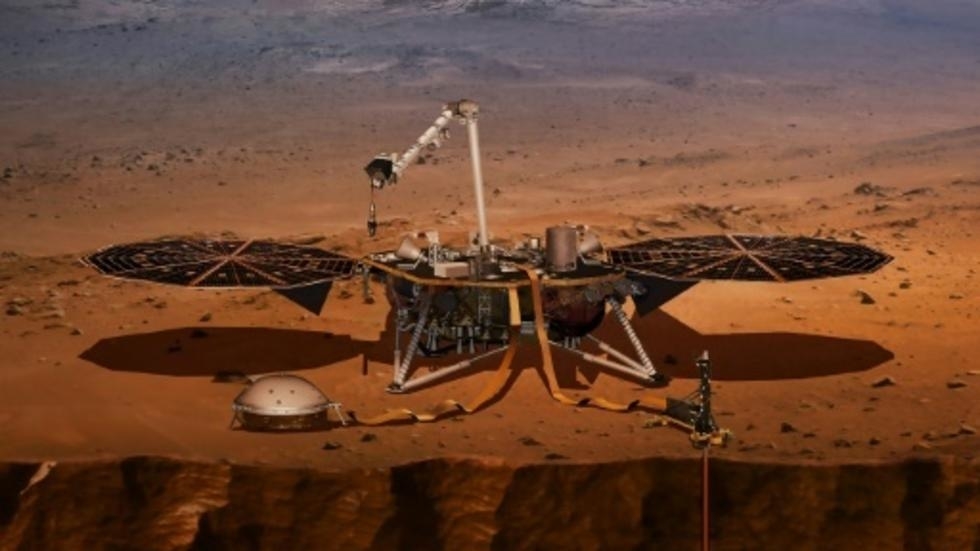
The quakes, far too quiet to be picked up by the human ear, were recorded by the Seismic Experiment for Interior Structure (SEIS) in May and July.
Scientists hope that studying how seismic waves move through the planet's interior will reveal the deep inner structure of Mars for the first time.
A black hole rips apart an unfortunate star
About 20 so-called "marsquakes" have been detected so far by the dome-shaped SEIS, which is carried by NASA's InSight lander that arrived on Mars in November.
The audio -- a low, rumbling noise -- has been speeded up and processed to be audible through headphones.
Martian sounds alert!
I’m equipped with a very sensitive “ear.” My seismometer has been listening for #marsquakes and has picked up other interesting signals as well. Grab your headphones and take a listen. 🎧
More sounds here: https://t.co/Oa4wEJu3Am pic.twitter.com/cp8lQkgdyv
— NASA InSight (@NASAInSight) October 1, 2019
One quake was magnitude 3.7 and the other was magnitude 3.3.
"Both suggest that the Martian crust is like a mix of the Earth's crust and the Moon's," NASA's Jet Propulsion Laboratory said.
Scientists puzzled by really big planet orbiting really little star
"Mars, with its cratered surface, is slightly more Moon-like, with seismic waves ringing for a minute or so, whereas quakes on Earth can come and go in seconds."
The SEIS was developed by the French space agency CNES and partners.
1732603002-0/lamar-(4)1732603002-0-405x300.webp)
1720420084-0/brad-pitt-(2)1720420084-0-165x106.webp)




1719640649-0/BeFunky-collage-(77)1719640649-0-270x192.webp)










COMMENTS
Comments are moderated and generally will be posted if they are on-topic and not abusive.
For more information, please see our Comments FAQ